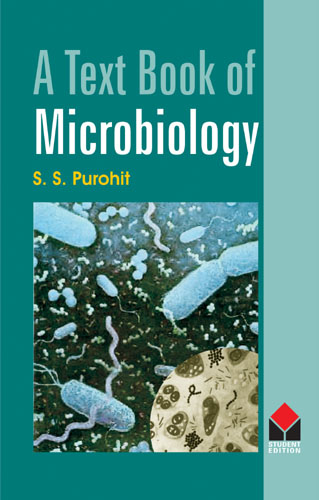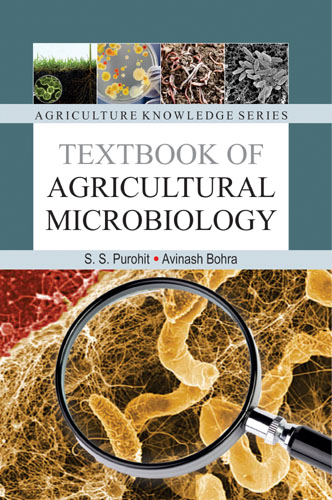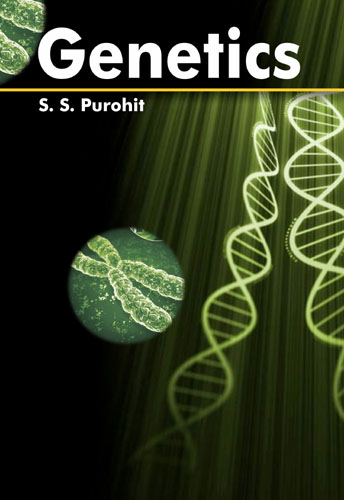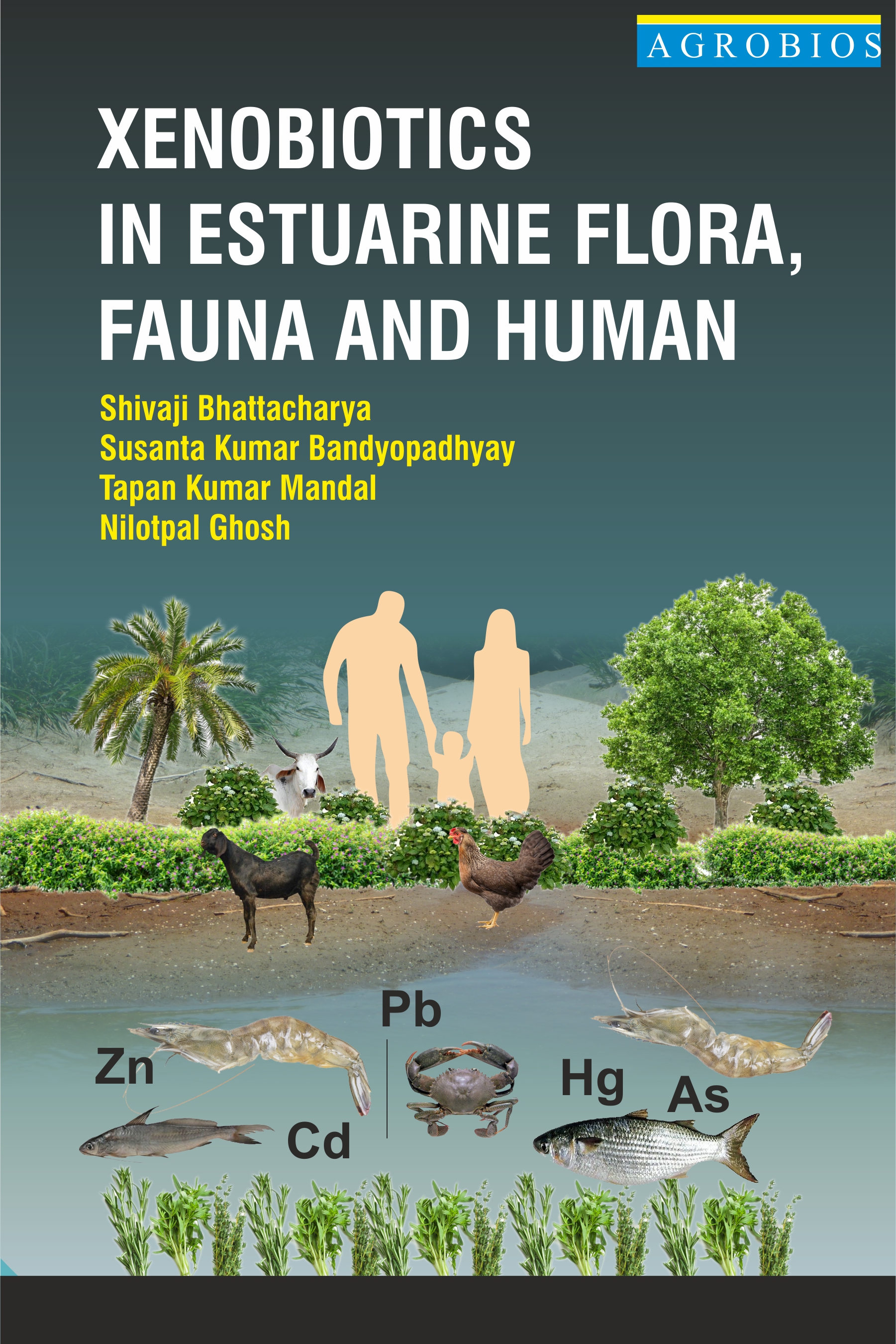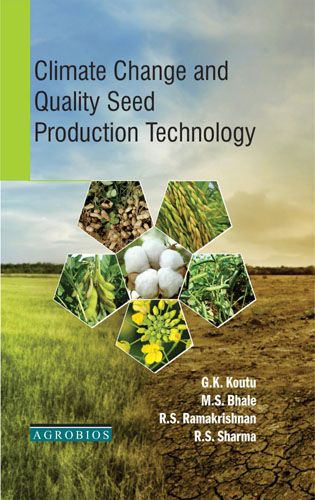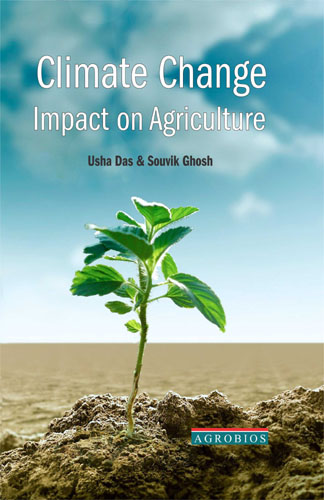Environmental Sciences: A New Approach
Earth is truly a marvelous planet and consists of living and nonliving components. It is the only planet in our solar system that has the components necessary to support life as we recognize it. The planet is only a tiny part of the universe, but it is the home of human beings and many other organisms. Animals and plants live almost everywhere on the surface of earth. Perhaps the most amazing feature of our planet is the rich diversify of the life that exists here. Millions of beautiful and intriguing species populate the earth and help sustain a habitable environment. This vast multitude of life creates complex, interrelated communities where towering trees and huge animals live together with, and depend upon, tiny life-forms such as viruses, bacteria, and fungi.
Environmental science is the systematic study of our environment and our proper place in it. A relatively new field, environmental science is highly interdisciplinary, integrating natural sciences, social sciences, and humanities in a broad, holistic study of the world around us. In contrast to more theoretical disciplines, environmental science is mission-oriented. That is, it seeks new, valid, contextual knowledge about the natural world and our impacts on it, but obtaining this information creates a responsibility to get involved in trying to do something about the problems we have created.
Dr. Purohit SS
 555
555
Table of Contents..
- Multidisciplinary Nature of Environmental Studies
- Renewable and Non-Renewable Resources
- Forest Resources
- Water Resources
- Mineral Resources
- Food Resources
- Energy Resources
- Land Resources
- Role of and Individual in Conservation of Natural Resources
- Equitable Use of Resources for Sustainable Lifestyle
- Ecosystems
- Ecosystems: Types, Characterisitcs, Structure and Function
- Biodiversity and its Conservation
- Environmental Pollution Causes, Effects and Control
- Air Pollution: Causes, Effects and Control
- Water Pollution: Causes, Effects and Control
- Soil Pollution: Causes, Effects and Control
- Marine Pollution: Causes, Effects and Control
- Noise Pollution: Causes, Effects and Control
- Thermal Pollution: Causes, Effects and Control
- Nuclear and Radiation Pollution: Causes, Effects and Control
- Solid Waste Management: Causes, Effects and Control
- Role of An Individual in Prevention of Pollution
- Pollution and Natural Disasters: Case Studies
- Disaster Management: Floods, Earthquake, Cyclone and Landslides
- Social Issues of the Environment
- Climatic Changes
- Wasteland Reclamation and Management
- Consumerism and Waste Products
- Environmental Protection Acts
- Human Population and Environment
- Glossary
Table of Contents..
13.
16.
25.
29.
Book Details
Book Title:
Environmental Sciences: A New Approach
Environmental Sciences: A New Approach
Book Type:
TEXT-CUM-REFERENCES BOOK
TEXT-CUM-REFERENCES BOOK
No Of Pages:
486
486
Color Pages :
0
0
Color Pages :
0
0
Book Size:
AMERICAN ROYAL (6X9)
AMERICAN ROYAL (6X9)
Weight:
1000 Gms
1000 Gms
Copyright Holder:
All Rights Reserved
All Rights Reserved
Imprint:
M/s AGROBIOS (INDIA)
M/s AGROBIOS (INDIA)
Readership:
PG STUDENTS | UG STUDENTS |
PG STUDENTS | UG STUDENTS |
Associated Subjects:
Natural Resources , Botany , Zoology , Environmental Sciences , Air Environment , Biodiversity , Crop Ecology And Environment , Disaster Management , Environment Education , Global Warming , Natural Resources Management , Plant Ecology , Pollution And Management , Water Environment , Renewable Energy , Environmental Science , Disease Management , Home Science ,
Natural Resources , Botany , Zoology , Environmental Sciences , Air Environment , Biodiversity , Crop Ecology And Environment , Disaster Management , Environment Education , Global Warming , Natural Resources Management , Plant Ecology , Pollution And Management , Water Environment , Renewable Energy , Environmental Science , Disease Management , Home Science ,








